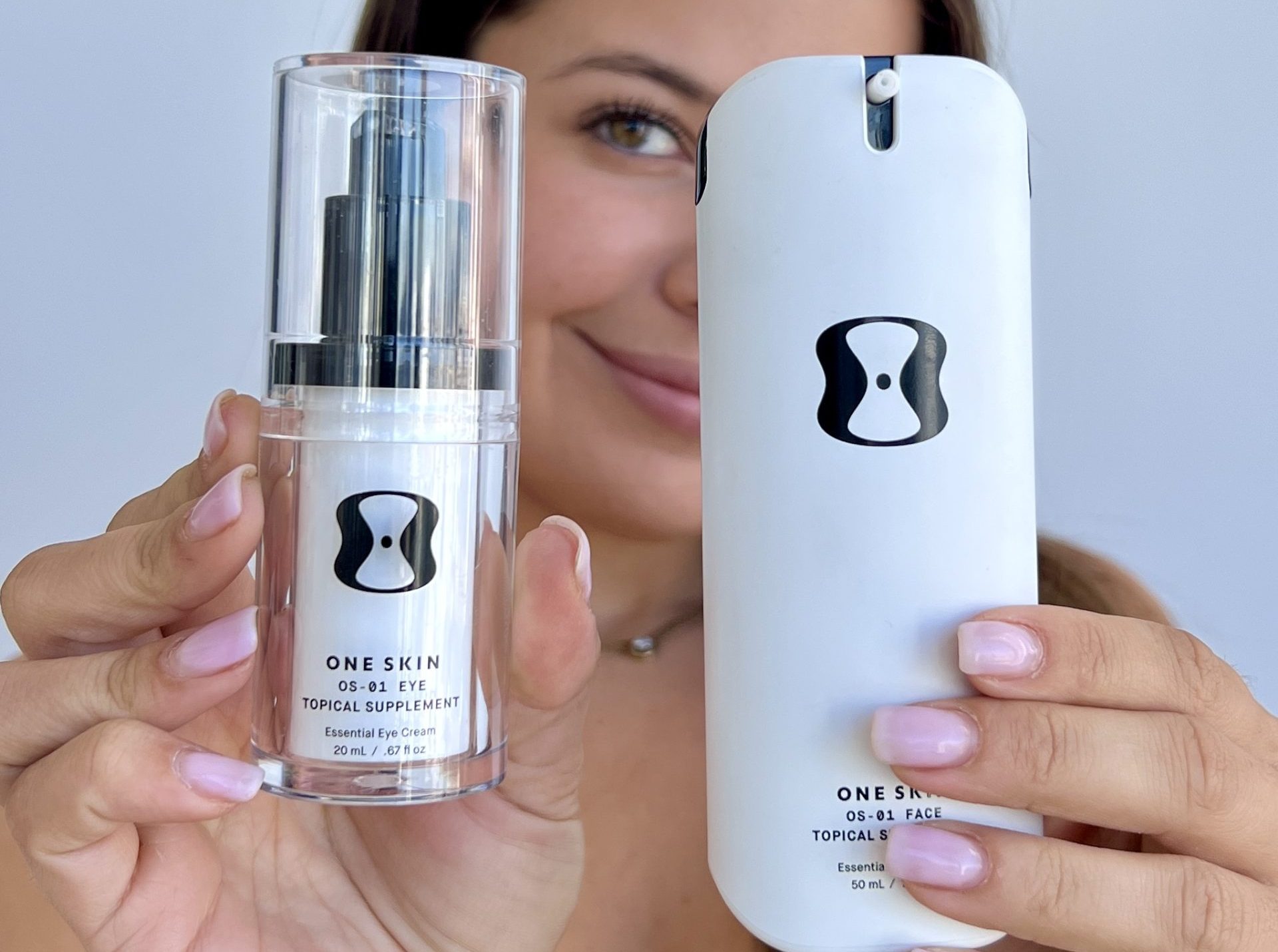Vitamin K is a necessary nutrient that doesn’t usually get a lot of attention. It’s certainly not as popular as Vitamin C, D, or E, but getting enough of it is important for bone health, blood health, and even the health of your skin and hair. Having a vitamin K deficiency is pretty rare, as you can meet your daily quota with just ¾ of a cup of broccoli. But being deficient in this essential vitamin can be serious. A lack of vitamin K can lead to heart disease and even a stroke. Less serious symptoms might manifest as bruising easily, having heavier periods, or finding blood in your stool.
Luckily, it’s easy to fix a vitamin K deficiency without supplementing. All you really need to do is eat more whole foods. There’s actually two types of vitamin K. Vitamin K 1 is found in plants and vitamin K2 is found in animal products and fermented foods. A small amount is also produced naturally by your gut.
Amy Shapiro, founder of Real Nutrition, recommends focusing on consuming more fruits and vegetables rich in vitamin K1. The more, the better. You really can’t eat too much of it. If you have trouble absorbing nutrients, you might need a vitamin K supplement, but don’t take one unless your doctor advises it. You can get more than enough vitamin K in your diet by eating more whole foods like kale, collard greens, and even drinking carrot juice.
How much vitamin K do you really need?
The National Institute of Health recommends women get about 122 mg a day and men should aim for 138 mg a day. A large handful of kale with dinner is enough to meet your daily needs, but remember, the more vitamin K you eat, the better. A 2014 study of 7,000 people showed that those with the highest intake of vitamin K, lived the longest.
Here are 5 tasty ways to get more vitamin K in your diet:
Kale
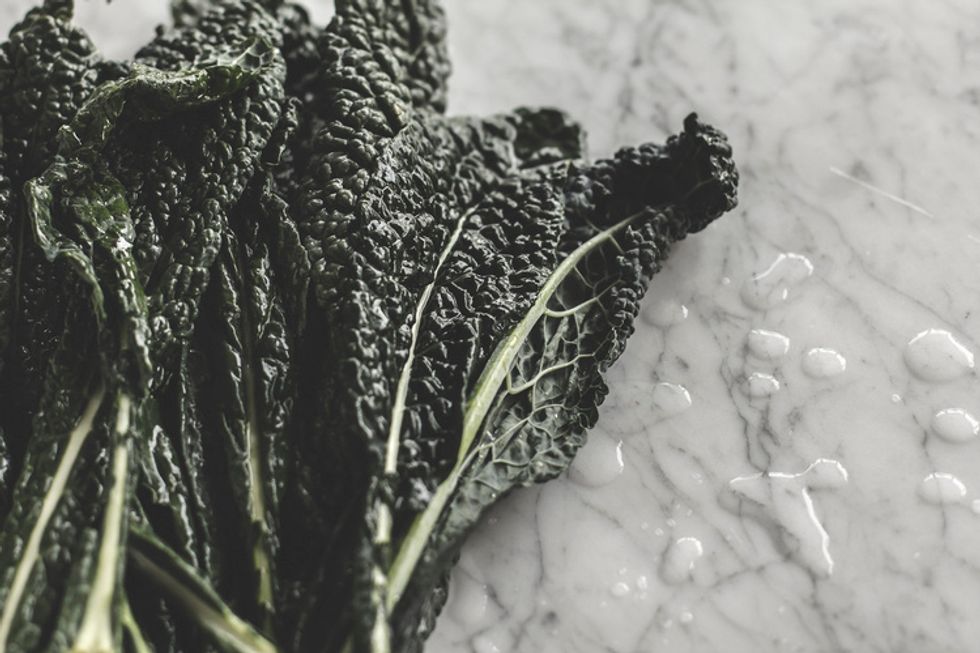
A half cup of cooked kale has about 565 mcg of vitamin K! It’s one of the best sources of vitamin K and probably the most popular. Steam it and serve it with a side of omega rich salmon. Add some to your veggies tacos. Or enjoy your vitamin K in the form of crunchy kale chips!
Carrot Juice
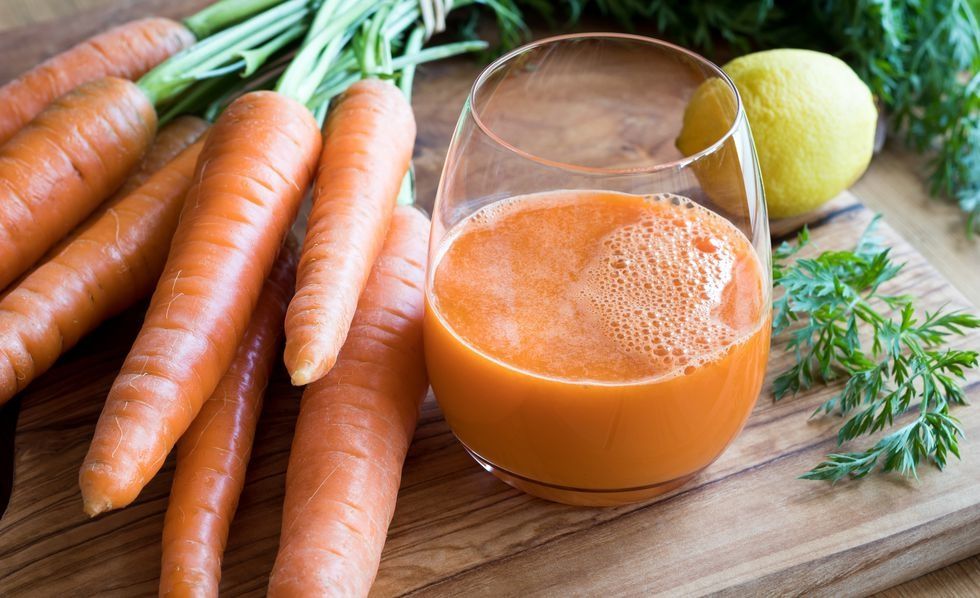
Carrot juice has 28 mcg of vitamin K and is also rich in beta carotene, which protects your eyes and can help with vision. Have a glass with your breakfast. Carrot juice also gives you better skin, increases your metabolism, and boosts your immune system. If you don’t love the taste of plain carrot juice, try adding in some apple or combine it with the healing power of celery juice.
Broccoli
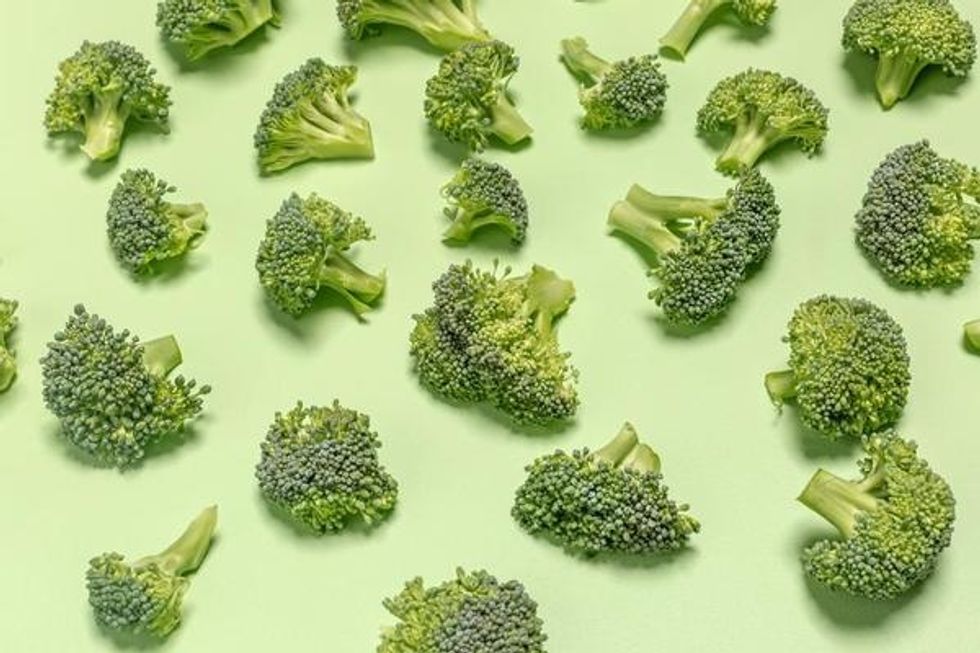
½ a cup of cooked broccoli has 85 mcg of vitamin K. Toss it with some olive oil and sea salt and bake it on a sheet pan until it’s delicious and crispy. You can even get your kids to enjoy it by mixing it into a cheesy favorite: macaroni and cheese.
Pumpkin
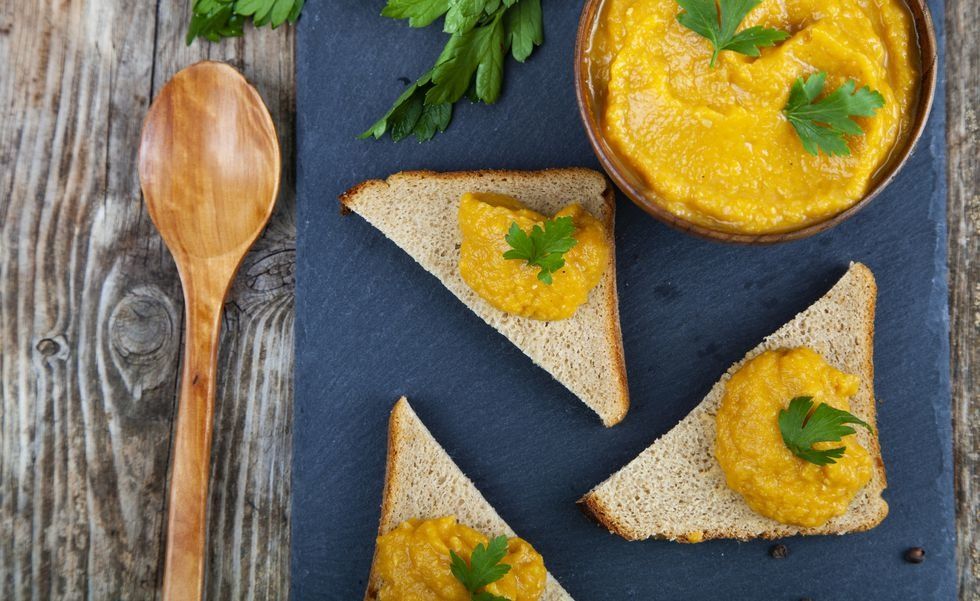
Pumpkins are full of vitamin A, C, and K. Half a cup has about 20 mcg of vitamin K. Enjoy it in a warming winter pumpkin soup. You can even use canned pumpkin and add it to sauces, yogurt, oatmeal, or top your toast with it.
Collard Greens
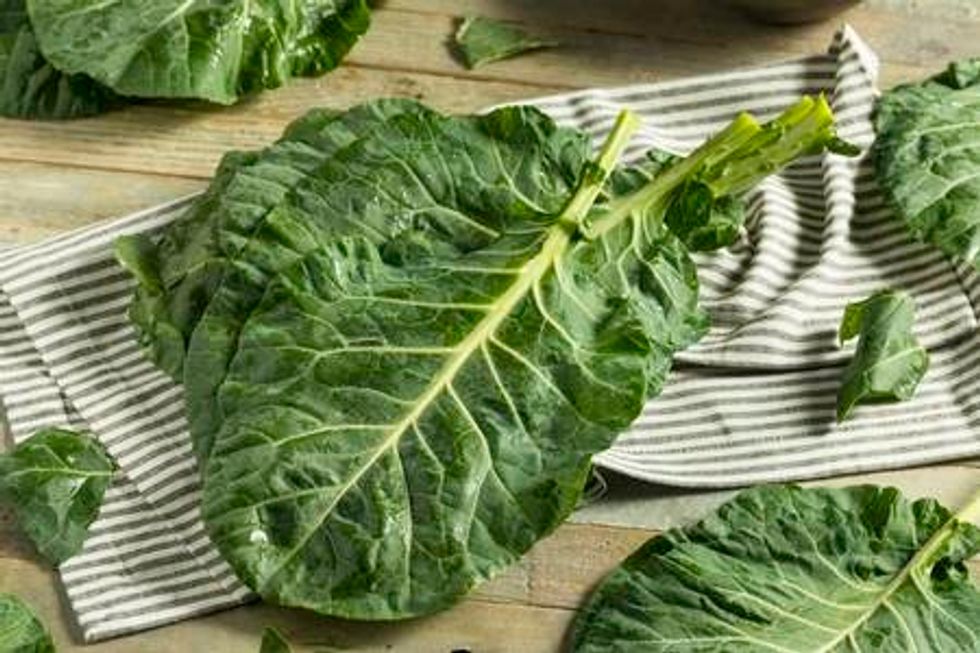
Collard greens are another dark leafy green packed with vitamin K. Half a cup of cooked collard greens has 530 mg of this essential vitamin. Add collard greens to a delicious fall winter salad. Sautee them with 6 hour caramelized onions. You can even add them to a mouth watering egg pancetta and egg sandwich.


